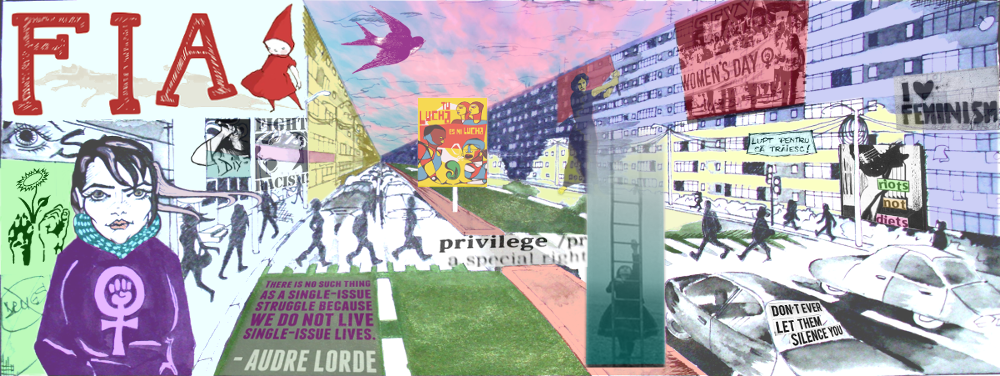REFLECTIONS ON ‘ARTEMIS’ – A ROMANIAN FEMINIST PROJECT (PDF)
by Maria Diaconescu
… Even so, with these East-West differences, violence and sexual abuse against children and women is a reality in Eastern European countries, as it is in the Western countries. The East and the West share the same patriarchal ground that makes possible the cultural and structural violence that we live in. Violence of any kind means taking advantage of the power difference. The societal/ cultural or structural violence refers to all actions, attitudes and values of a society which block or delay the development of the other who has no “voice” in society, or who is not heard (children, women, people from a different ethnic or religious background, etc.). This kind of values and attitudes are responsible for inequalities of chances, and violence against women, children, Roma people, etc.
What do I want to highlight in this paper? There is a high support of patriarchal culture via the educational environment, the political environment, and the church. In the name of the so-called national and traditional values, strongly supported by the church, there is a high support of patriarchal culture. In my opinion, patriarchal values have to do a lot with the skin of religion – the temporal and social norms, known in Romania as “the national and traditional Christian values.” The patriarchal values have nothing to do with the core of spiritual and religious meanings. The spiritual, transcendent, essential part of any religion of the world has to do with the essence of the human being which transcends any skin: gender, culture and religion differences; this is the core part of any religion. According to Peseschkian, the religious externals that are influenced by time, the rituals and dogmas – the skin – are put in the foreground, while the actual religious contents – the core – are put aside. This produces a shift in form and content, misunderstanding and confusion because of the lack of differentiation between faith – religion – church.
My hypothesis is that the religious skin ideology – put in the foreground – patterns in a paradoxical way any other subsequent ideology/ politics or philosophy of life, even if (and especially when) people reject or ignore the core religion. This is what happens after any revolution. Subsequently, the revolution patterns the relationships in the same way: another form of patriarchal, changed roles. …
